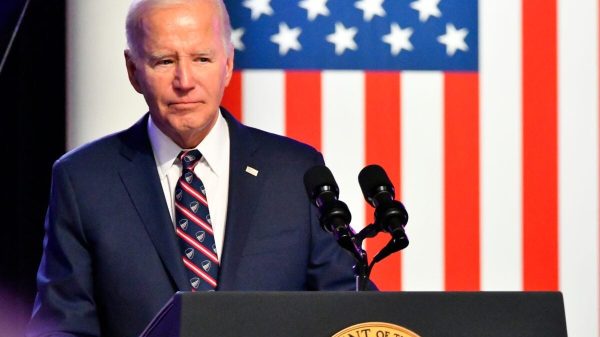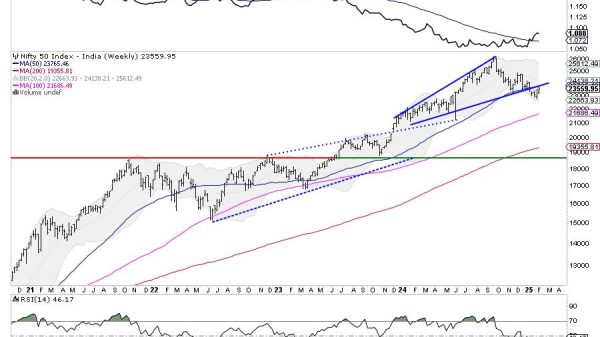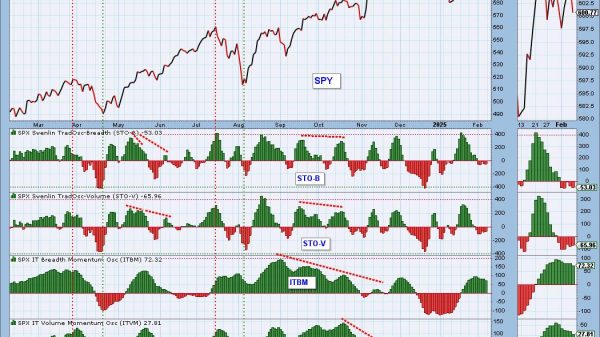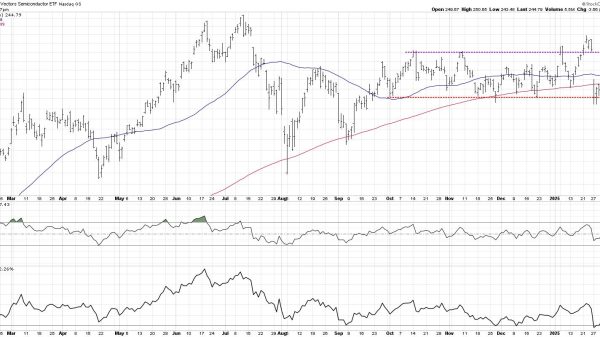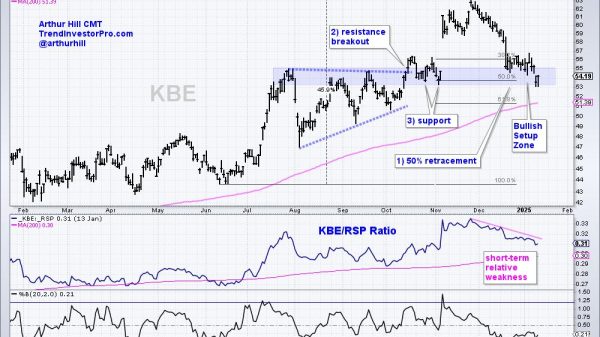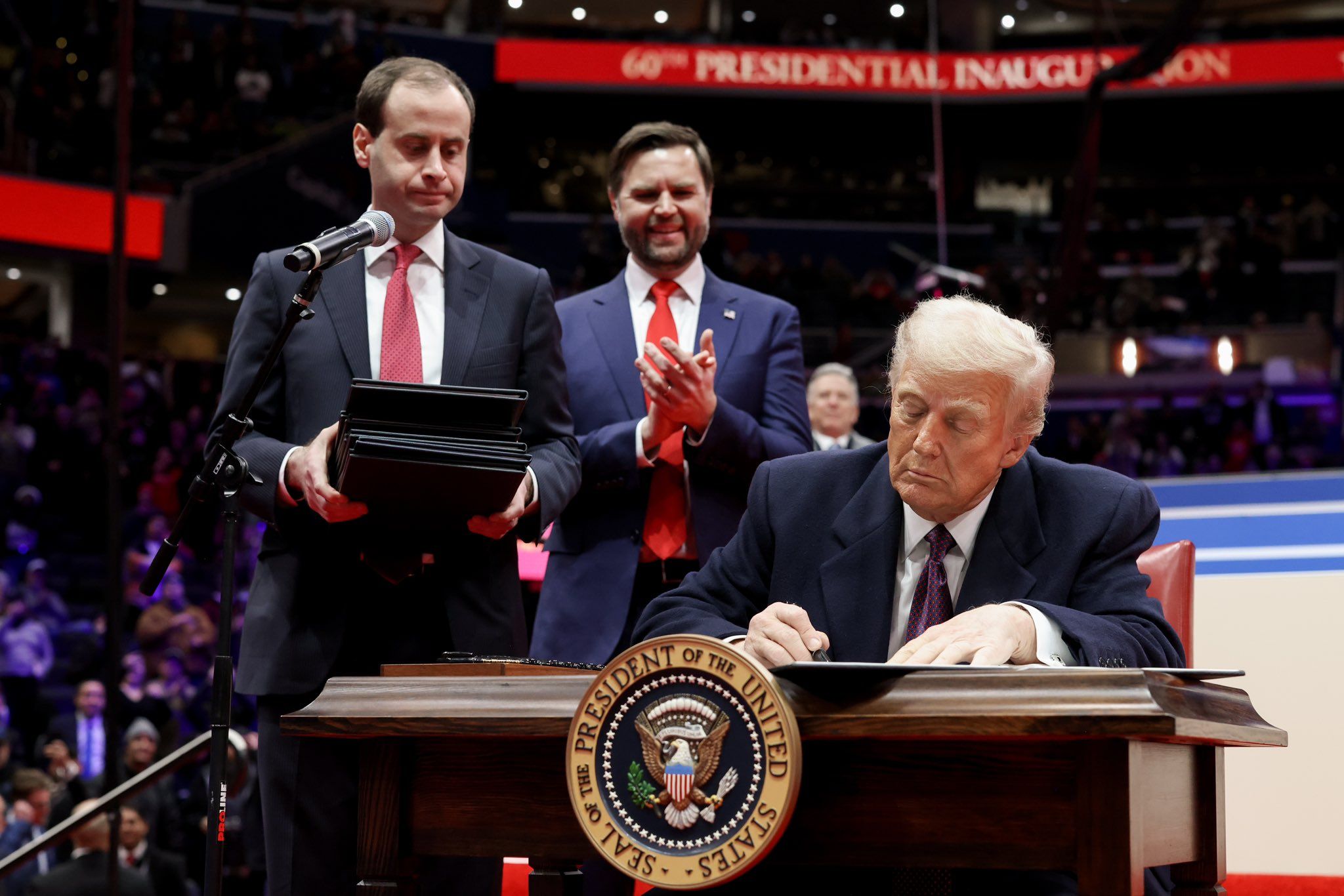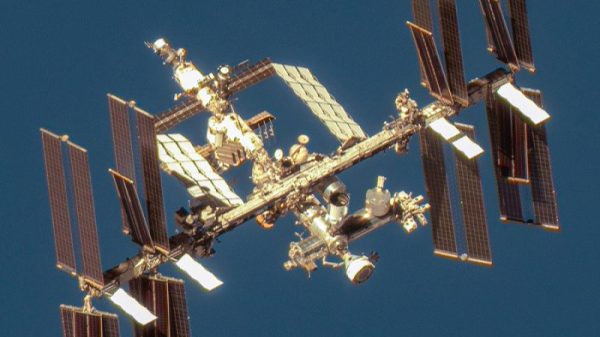President Donald Trump on Thursday ordered his advisers to determine new tariff levels for all US trading partners, a sweeping move that threatens to upend the global trading system and set off intense negotiations worldwide.
The memorandum, signed Thursday, instructs officials to account for various trade barriers imposed by foreign countries, including tariffs, taxes, subsidies, and currency policies.
The move underscores the president’s long-standing grievance that the United States is being taken advantage of in global trade.
Speaking from the Oval Office, Trump said the goal was to bring manufacturing jobs back to the US
“If you build your product in the United States, there are no tariffs,” he said.
Commerce Secretary nominee Howard Lutnick and trade representative nominee Jamieson Greer, along with other advisers, have been tasked with quickly devising the new tariff structure.
A White House official, speaking on condition of anonymity, said the administration expects the plan to be finalized soon, The New York Times reported.
A break from decades of trade policy
For decades, the US has determined its tariffs through negotiations at international trade bodies such as the World Trade Organization (WTO).
The new approach—likely to result in higher tariffs—would represent a unilateral shift away from that framework, granting Washington sole discretion in setting levies.
Trump’s latest action follows his recent imposition of 25% tariffs on steel and aluminum imports, part of a broader push to counter what he sees as unfair foreign trade practices.
On Monday, he described those tariffs as “the first of many.”
The new tariffs could have broad economic consequences, potentially leading to retaliatory measures from key US trading partners.
The administration, however, has signalled that other countries will have the opportunity to negotiate tariff levels.
European Union, Japan, and India likely targets
While nearly every country would be affected, Trump’s trade team has singled out the European Union, Japan, and India as likely targets.
The White House has repeatedly criticized Europe’s value-added tax (VAT), arguing that it places an unfair burden on US exporters.
Peter Navarro, the president’s senior trade adviser, called the European VAT system a “poster child” for unfair trade, citing Germany’s strong auto exports to the US while importing far fewer American cars.
“President Trump is no longer willing to tolerate that,” Navarro said.
“The Trump fair and reciprocal plan will put a swift end to such exploitation of American workers.”
The US remains one of the few developed nations without a value-added tax, which European nations apply at an average rate of 22%.
Trump’s plan aims to counterbalance these costs through new tariffs.
A potential trade war on multiple fronts
Trump’s proposal marks a stark departure from past US trade policy, which has generally sought to lower international trade barriers.
By matching tariffs to those imposed by foreign nations, the US risks escalating disputes with allies and economic rivals alike.
The administration has also floated a broader “universal” tariff to reduce the US trade deficit, though no final decision has been made.
Under the new plan, tariffs could be justified using several legal authorities, including Section 232 for national security concerns and Section 301 for unfair trading practices.
In recent weeks, Trump’s aggressive tariff policies have already rattled global markets.
The US recently imposed a 10 percent tariff on all Chinese imports and came close to implementing sweeping levies on Canada and Mexico before agreeing to a temporary 30-day delay.
While Trump has framed the new tariffs as a tool to rebalance trade, they also serve as leverage for pressuring countries into granting American companies better access to foreign markets.
Whether this strategy leads to more favorable trade terms or provokes a prolonged global trade war remains uncertain.
The post Trump’s reciprocal tariffs may target the EU, Japan, and India—here’s what we know appeared first on Invezz





